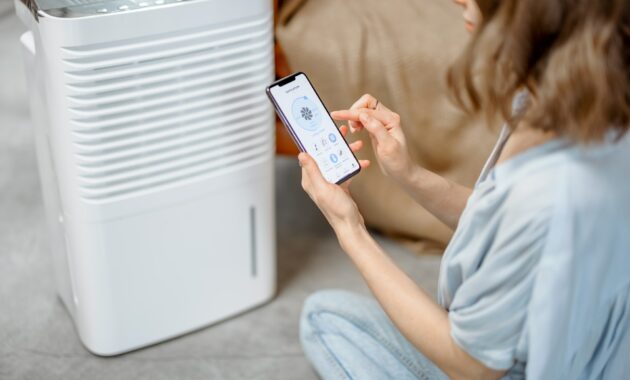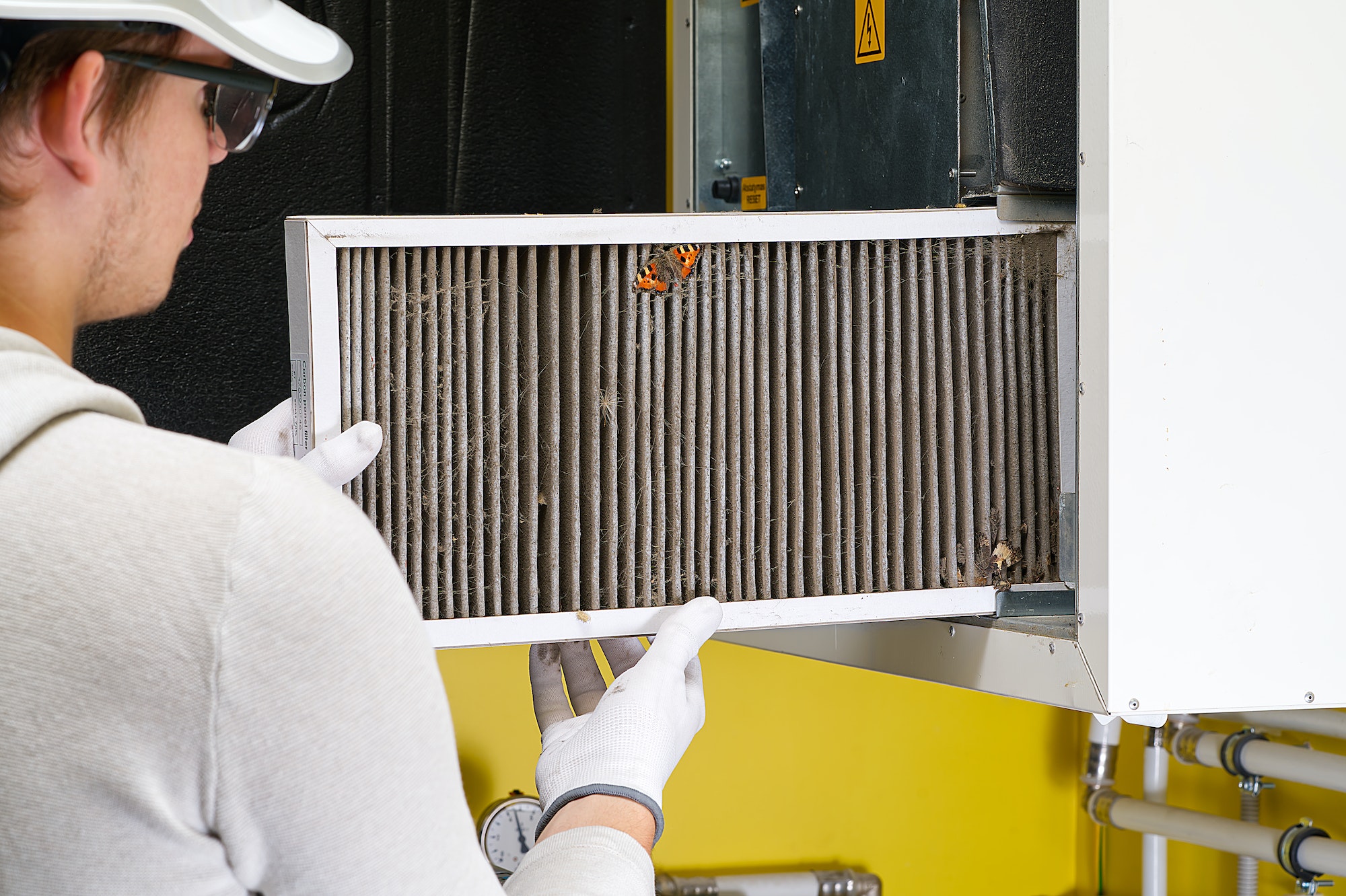If you’re a homeowner, you need to take care of your HVAC system in order to ensure that your house is comfortable and safe. That includes regular duct cleaning if you have a ducted system. A clean duct system will ensure that your home’s air is clean and healthy. Duct cleaning also helps your heating and cooling system run more efficiently, which can save you money on your energy bills. However, many people don’t know much about duct cleaning or how often they need to clean the ducts in their homes. If you want to learn more, keep reading to find out about the benefits of air duct cleaning.
What are the benefits of air duct cleaning?
When your air ducts are clean, your home will run more efficiently. This means that your furnace or air conditioner won’t have to work as hard to keep your home at a comfortable temperature, which will save you money on your energy bills. Air duct cleaning and sealing can also improve your home’s air quality. When your air ducts are dirty, they can circulate dust, pollen, and other allergens throughout your home. This can cause asthma and other respiratory problems. Air duct cleaning can remove these allergens from your home, which will improve your health and your quality of life.
Additionally, air duct cleaning can extend the life of your furnace or air conditioner. When your air ducts are dirty, they can cause your furnace or air conditioner to work harder than necessary. This can shorten the life of your equipment. Air duct cleaning can remove the build-up of dust and debris from your air ducts, which will help your equipment run more efficiently and last longer. The lifespan of the average HVAC system is between 10 and 15 years, so if you’re experiencing problems with a system that is older than that, you may need to consider a replacement.
The frequency with which you should clean your air ducts will vary depending on several factors, including the type of air ducts you have, the type of insulation in your home, the type of filters you use, and the number of people living in your home. However, as a general rule, it is generally recommended that you have your air ducts cleaned every year or two.
How else can you improve your indoor air quality?

Many homeowners don’t think enough about their indoor air quality, but indoor air quality is one of the primary aspects of a healthy home. Poor indoor air quality can cause a variety of health problems, including coronary artery disease, emphysema, respiratory infections, and even cancer. Indoor air pollution can also exacerbate the symptoms of asthma and allergies. Fortunately, there are many things you can do to improve indoor air quality, including cleaning your home more frequently, vacuuming, and using a dehumidifier.
Another one of the best things you can do to improve your indoor air quality is to invest in an air purifier. An air purifier can improve your indoor air quality by trapping harmful particles and gases like pollen, smoke, and pet dander. Not only will this make it easier for you to breathe, but it can also help to reduce allergies and asthma symptoms. Do your research so you can find the right purifier for your home. Air purifiers are typically rated by the size of the room they are designed to clean. You’ll want to choose a unit that is large enough to clean the entire room where you intend to place it.
Some homeowners think that air duct cleaning is an unnecessary expense, but they couldn’t be more wrong. The truth is that regular air duct cleaning is a critical part of maintaining your home’s air quality. Indoor air pollution can have harmful effects on us, so you should prioritize keeping your indoor air clean. Generally, you should expect to need duct cleaning once every year or two, but if you’re not sure whether or not your air ducts need to be cleaned, contact a qualified air duct cleaning service for a consultation. Follow the tips in this article and you’ll be able to keep your HVAC system in good working order all year round.
Discover more from Futurist Architecture
Subscribe to get the latest posts sent to your email.



